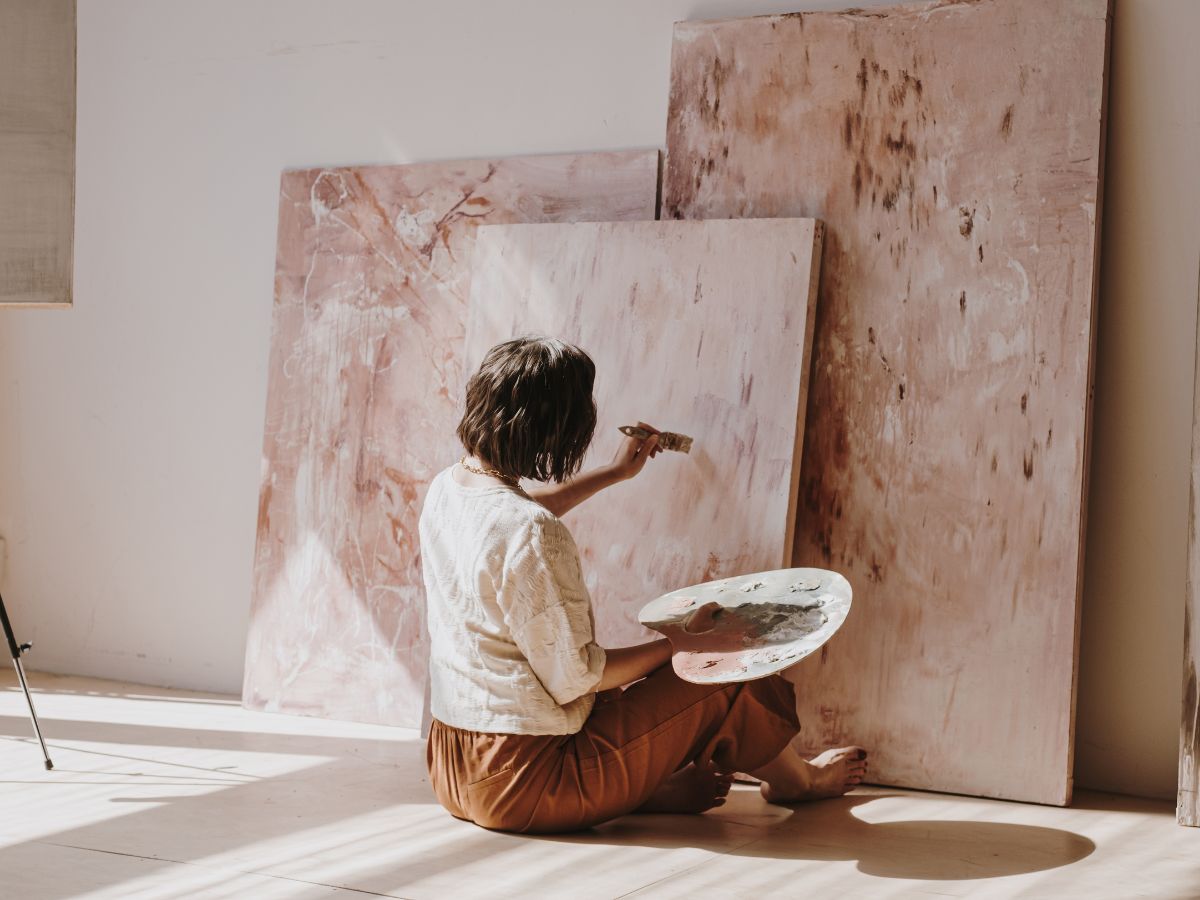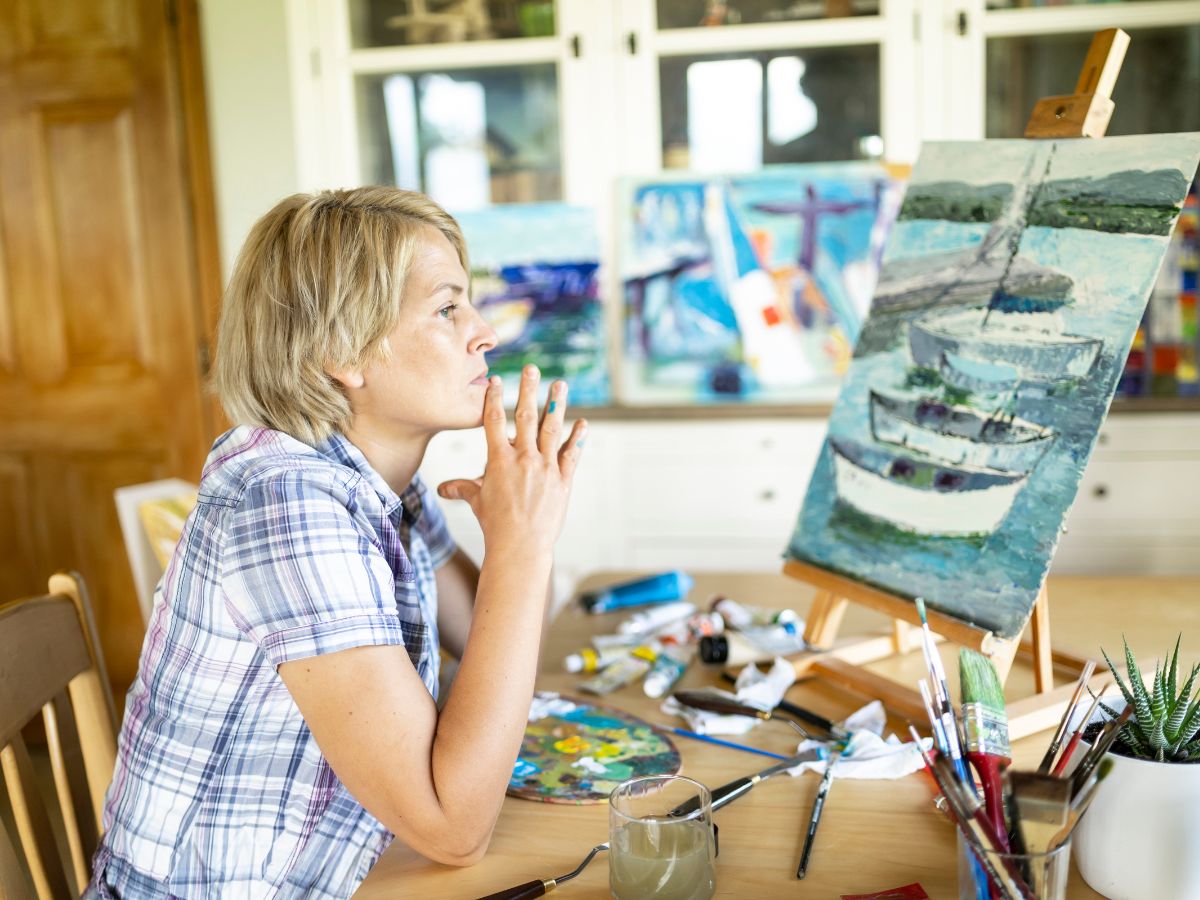
5 Strategies to Earn Press Coverage and Recognition for Your Art
When you’ve spent hours in the studio, finishing that new piece you’re proud of, the next question often becomes: How do I get people and perhaps the press to notice it? As other artists will tell you, gaining media coverage or accolades doesn’t happen by accident. It happens with strategy, consistency and smart presentation.







